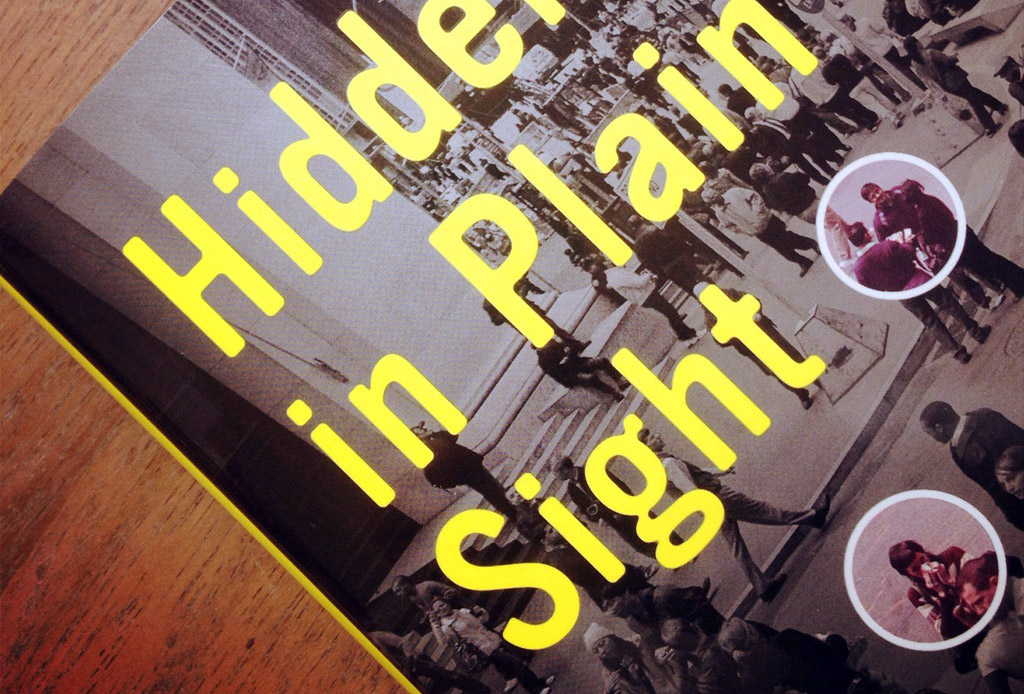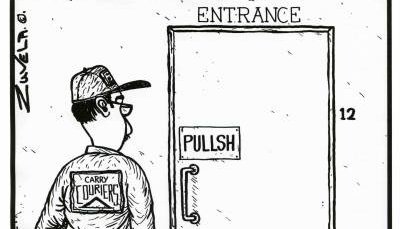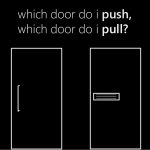Response:
Chipchase has an interesting way of looking at how cultural differences can affect the little details of a person’s everyday life, like signs and commute style. Observing how the different cultural exchanges for each country, or for each race and religion place an important role in how products and consumables are designed for the specific group of people. I have recently visited Korea, and I realized that it was inconvenient to find your way in the station itself. Firstly, for some stations, train tracks are placed in the middle of the whole station unlike Singapore, and it really brings inconvenience to tourists especially when they tap into the platform for the wrong direction. There were a few occasions that we have to tap out (wasted money) and tap in again to get to the correct side of the platform. It was something different and of a different cultural experience as well. Thus, designers when designing a product for a certain market, the product must be culture calibrated otherwise it might not have the desired impact of the designer.

Questions:
- Is cultural research done better in a team of different backgrounds or those of similar background?
- Chipchase says there must be a balance during calibration. How do you define the thin line of balance?



